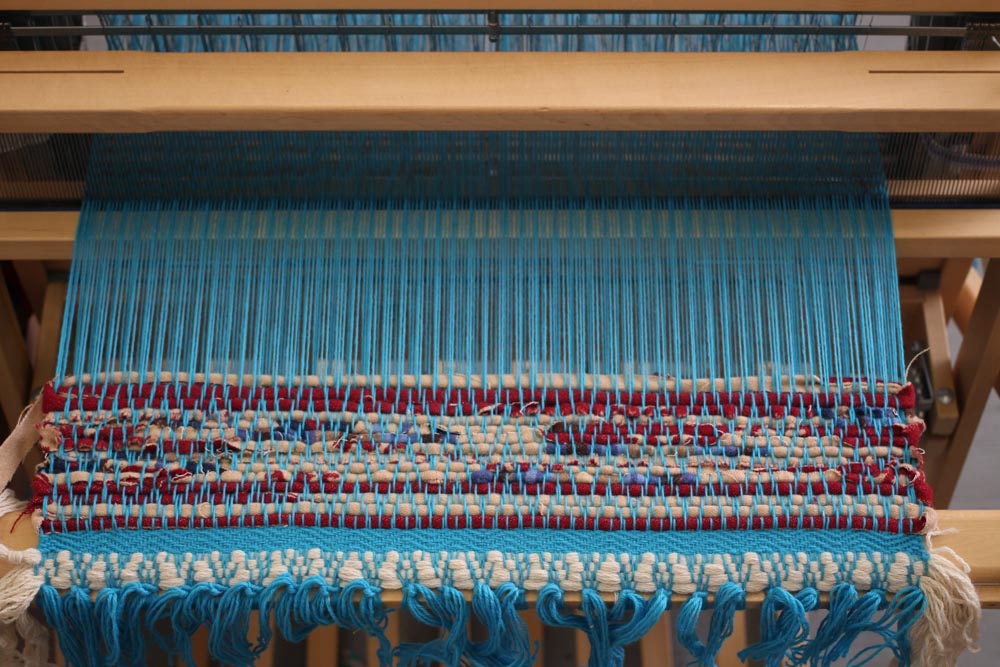Several weeks ago I was dyeing a scarf with "navy". Or at least that's what it said on the label. What's important to know in this account is that dyes are either pure or, well, not pure meaning that they are formulated with a combination of pure dyes to get that specific color. That color you think you need, but really you don't. You know the ones - the ones with the fancy names like 'geranium' and 'dark sky' and 'meadow green'. I usually stay away from them since I enjoy mixing colors on the fly, and they teach you in school you're only supposed to need three technically. But when it comes to really dark colors like navy, I don't mess around.
Now this may seem trivial. Pure. Not pure. What are you getting at, Tara? Oh, it matters for one very important reason. If you don't fully dissolve the dye or if for some reason you are super sloppy and a small teensy-weeny grain of that powdered dye gets on your cloth while it sets you will get spots. Spots that won't come out or blend because the cloth is hungry for anything it can possibly soak up. Case in point:
Yes, that is a fuchsia spot in the middle of my navy dye job. You type A's are thinking, "How in the world did that happen?? How is it even possible to not dissolve dye?!" and you type B's are thinking, "Oh, it's just part of the process, dear. It's beautiful. Embrace it."
So I'm going to embrase my type B side for a moment. After this 'tragedy' happened, I thought, "Why not take this mistake and make it a deliberate thing?" Let's try it out, shall we?
I used a urea and water mixture to keep the cloth wet while the dye set overnight. Urea is a humectant, meaning that it attracts water. Or, put another way, since urea is present on the cloth, water has difficulty evaporating leaving more time for the dye to set. Since black is made up of just about every color, I started there:
Ooooh, pretty. And as I placed salt on top (to help further set, disperse the water, and deepen the color) things started to spread:
Lovely! I suppose we'll see what happens soon? Thank you B's! Until we meet again...













